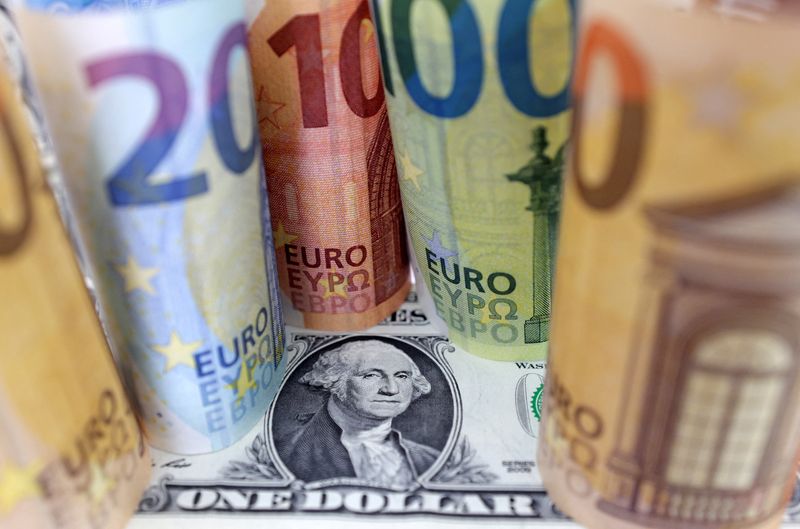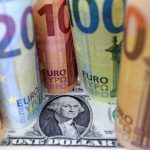(Reuters) -The U.S. dollar fell to a one-week low against its major peers on Wednesday as investors grew cautious about President-elect Donald Trump’s tariff pledges while rebalancing their portfolios before the end of the month.
Markets will closely watch Personal Consumption Expenditures (PCE) price index due later on Wednesday, before U.S. markets close for the Thanksgiving holiday on Thursday.
Trump’s vows on Monday of big tariffs on Canada, Mexico and China, the United States’ three largest trading partners, have left investors jittery.
Markets will remain edgy on expectations for a flow of announcements and possible U-turns from Trump, who takes office in late January.
Some analysts argued that inflation risks should prevent Trump from ushering in more disruptive measures.
“We believe that Trump realizes that his win was almost entirely due to 3i (LON:III)’s — inflation, inequalities and immigration — with prices being key,” said Viktor Shvets, global head of desk strategy at Macquarie Capital.
“Unless there is an improvement, the electorate’s revenge could be severe, and there is not much time, as within 12 months, mid-terms will dominate,” he added.
Shvets noted that Trump has picked Scott Bessent as Treasury Secretary, who is expected to keep a leash on U.S. deficits and to use tariffs as a negotiating tool.
The dollar index, which measures the greenback against six rivals, was last down 0.35% at 106.53, after hitting 106.33, its lowest since Nov. 20. It rose by around 30% since Nov. 6, the day after the U.S. election.
“The recent sharp dollar appreciation largely decreases the asset values in dollars outside U.S. and hence increases the rebalancing need to sell the dollar at the month-end,” said Sheryl Dong, forex strategist at Barclays (LON:BARC).
The yen outperformed, lifted by growing bets for a December rate hike in Japan, and position adjustments.
It rose 0.9% versus the dollar to 151.42 its highest level since Nov. 6.
“The fact that tariffs against China are now only to be increased by 10% and not by 60%, as was previously threatened, was therefore interpreted positively for the yen,” said Carsten Fritsch, strategist at Commerzbank (ETR:CBKG), adding that the Japanese currency has already priced in a geopolitical risk premium.
China’s offshore yuan rose 0.06% to 7.2546 after hitting 7.2730 the day before, its lowest since end-July.
A ceasefire between Israel and Iran-backed group Hezbollah came into effect on Wednesday, under a deal that aims to end hostilities across the Israeli-Lebanese border.
The euro was up 0.20% to $1.0510, while sterling rose 0.15% versus the greenback to $1.2590.
The single currency reacted with relief that Trump didn’t mention Europe trade. However stocks in European car manufacturers fell sharply on Tuesday as they have huge production capacity in Mexico that is sold to the U.S.
Against its Canadian counterpart, the greenback was up 0.15% at C$1.40755, after touching a 4-1/2-year high of $1.4178 on Tuesday.
The dollar remained off its highest against the Mexican peso since July 2022, and was last up 0.05% on the day.
The New Zealand dollar rose after the Reserve Bank of New Zealand cut benchmark rates by 50 basis points to 4.25% while noting that inflation had declined to near the mid-point of its targeted range.

The Australian dollar fetched $0.6486, up 0.23% after domestic consumer price inflation stayed at a three-year low in October.
In cryptocurrencies, bitcoin was up 2% at $93,444, well below the record high of $99,830 it touched last week. Bitcoin has struggled to rise above the symbolic $100,000 barrier as profit-taking has set in.
To read the full article, Click Here

